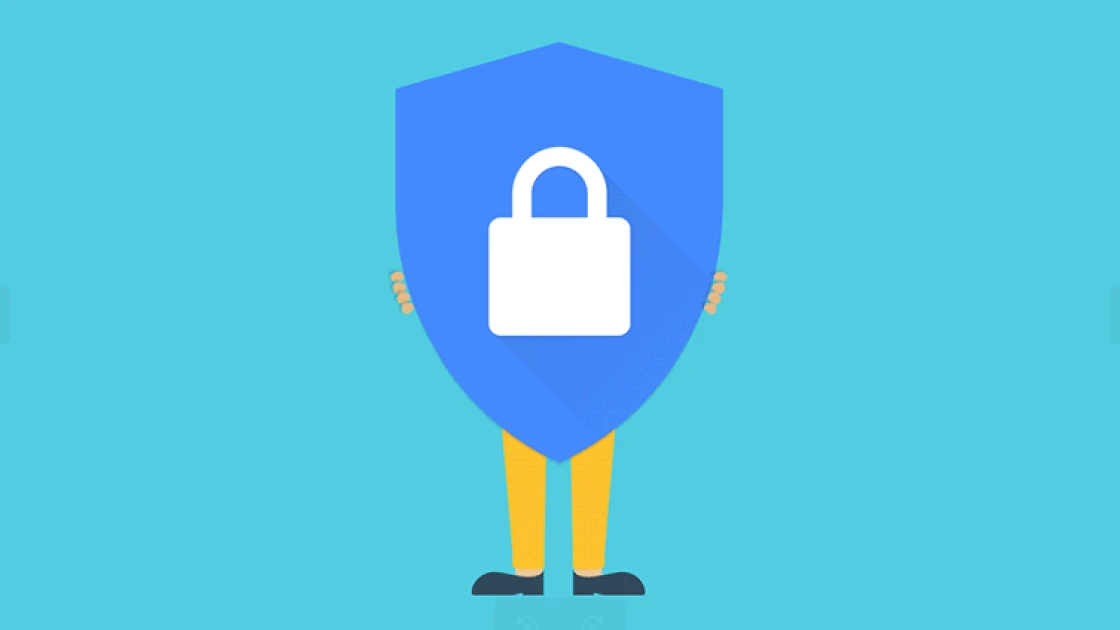Older generations know that their memories can be found in photo albums or slides. These folks may have made home movies on a reel to reel, VHS tapes and possibly even a DVD. Even cavemen knew that storage is vital for remembering. Hence, we find their carvings on walls all over the world. People want to preserve their experiences this way.
For today’s generations, though, life has gone digital -- thanks to smartphones, tablets, and the built-in cameras that capture and save memories for us. These glimpses of our lives may only entail a meal served up on Instagram or Facebook -- but for whatever reason -- we are hardwired to save these pieces of ourselves.
Although it feels convenient to have everything we think, feel, say and do saved as a digital file -- we inherently know there’s a potential for loss. Our digital devices can drown in water or be lost or stolen. The digital memories of our last birthday cake, and the friends who ate it with us could be gone unless you select smart ways to preserve them. 
Let’s look at some of the best ways you can store your digital files:
Desktop Storage
Despite many external solutions for digital files, some people still store their photos, videos, and content files on their desktop or laptop. The only problem with this method is that your computer can quickly become cluttered with thousands of files. It slows your prized piece of hardware (computer) down.
When you want to find a digital file you probably expect that file to come flying up on your screen in an instant. Yet -- anyone who keeps a lot of photos on a computer knows it can take minutes, sometimes hours, to find one - even if you keep it on your desktop. It’s just not all that convenient to store things this way. Most importantly, just storing these digital files on a desktop leaves them vulnerable to viruses, damage, or theft. Folks who rely on this also generally don’t have a back-up plan.
Cold Storage
That lack of backup led many to explore cold storage. This includes separate drives, such as flash and thumb drives, as well as SD cards and dare we even say DVDs? One benefit is it’s a cost-effective way to store large files in a relatively secure way. The files can be organized so information can be easily located and shared - once it’s plugged into a desktop or laptop device. However, there’s a downside. The data is fragmented and not easily accessible - will you have access to a machine with a disk drive when the time comes to fire up the DVD? You may not know which birthday is where or remember what drive has Grandma’s photos. Plus, it can be easily lost or damaged. Also, external drives often need maintenance after a few years like any other piece of equipment, requiring an extra cost to recover files if they become corrupted and the need to migrate all that information to a new device arises.
Social Media Storage
As social media profiles grew in popularity, people soon realized they served as a way to store photos and videos where they could always be accessed. This way, these digital files didn’t take up room on mobile devices or computers. Plus, these social media sites provided a way to create albums for easy access and sharing.
Yet, issues exist. First, images are saved in low resolution. That doesn’t give you the best version of your digital life. Other storage solutions save images and video in high resolution. Additionally, images on social media can be inadvertently deleted and lost forever. In many cases, social media companies make no guarantee as to what is stored on their platform or not.
Even more daunting is that social media sites admit they actively mine your personal data. For example, Facebook stated they “owned” your pictures. Even if you deleted your account, they said the data would would still exist on their servers somewhere. Now, there are ways to change that to a certain degree. However, as long as you continue storing photos and video on social media, you should assume your personal data may never truly be your own.
Cloud Storage
This digital storage option is increasingly popular for its many benefits, despite some shortcomings. Companies like Dropbox emerged to offer an option for digital files that addressed existing storage problems. It wasn’t long before Google Drive, Box, and numerous other cloud platforms appeared.
Cloud storage has removed some of the need to keep files on computers because it offers an organized way to find, share, and control your information. Data is not actively mined like social media storage nor is it lost or damaged. Also, there is immediate synching and access from any device for greater convenience. Some even feature revision history so you can return to an older version of a digital file.
However, even this storage solution has its disadvantages. First, many cloud storage services start you out with an amount of storage that you soon outgrow. Then, when you look at the subscription options, you realize it can become quite expensive. Then what happens if you cancel your subscription - where does your data go?
Second, many security experts have voiced concern about the real security with cloud storage options. For example, InformationWeek noted that there were some key threats, including data breaches, data loss, traffic hijacking, insecure APIs and more. CSO explained that more security issues arise each year as hackers realize how they can get to this data primarily during data transfer to a cloud provider.
Personal Hybrid Cloud Storage
When we set out to create Amber, we looked at all these ways to store digital files. This meant asking others what they used and what they did and did not like about it.
What we discovered was that we were all running into the same type of problems. There are issues about how to find the data, who owns the data, and who looks at the data. The biggest concern was the lack of real control over our own digital lives. In the past, those scrapbooks, photo albums, and videos all remained in our home. Now, we’ve all relinquished our hold on our data through most storage methods.
Amber gives that control back - becoming your digital time capsule - while still offering convenience, accessibility, and security. It starts with an attractive physical device that can automatically store photos directly from your smartphone and keep all your multimedia files secure. You access your files, including streaming your videos using the app, which connects to your Amber device through our proprietary global cloud service, LatticeNest. This cloud provides User Identity Management and Data Routing Verification without the need to store your actual data files in the cloud – unlike the traditional cloud storage service – ensuring greater protection and privacy of your digital assets. Get all the ease and convenience you need with the security you deserve - because some things in life only happen once.
With Amber there are no required subscriptions and your data is always secure. To learn more visit How it Works.

Godetevi il vostro cloud privato
Sfuggite agli abbonamenti e ai problemi di privacy dei cloud commerciali. Ospitate il vostro con Amber e riprendetevi la vostra libertà.
Per saperne di più AmberSconto del 10% sul primo ordine
Iscrivetevi alla newsletter di Amber.
